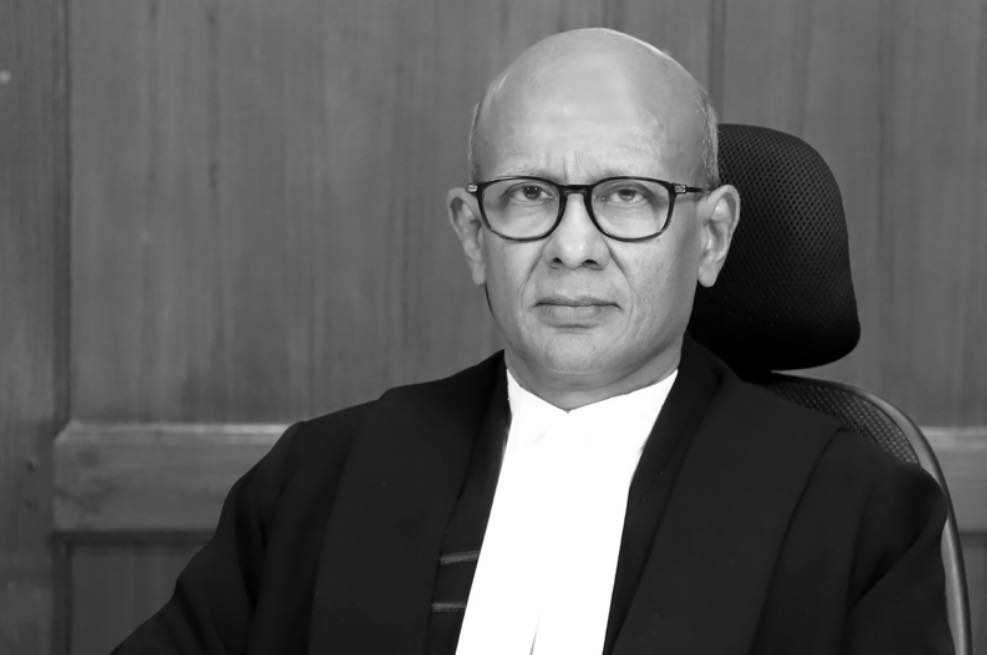Supreme Court Judge Justice PV Sanjay Kumar recently emphasized that the Constitution’s core structure must remain intact even when amendments are made.
Speaking at the 4th Justice HR Khanna Memorial National Symposium organized by CAN Foundation, Justice Kumar highlighted the importance of preserving the fundamental principles of the Constitution.
Key Points:
- Amendments vs. Dismemberment: Amendments should change provisions without altering the core principles. Dismemberment, however, means a foundational change that disrupts the original framework.
- International Comparison: Some countries have ‘eternity clauses’ to limit amendments, but India relies on the judiciary to protect its Constitution’s integrity.
- Justice HR Khanna’s View: Justice Khanna believed that while amendments are necessary for progress, they should not undermine the Constitution’s essence.
Overview of the Speech
Justice Kumar’s speech delved into the essence of constitutional amendments, emphasizing that while changes are necessary, they must not replace the original Constitution.
He referred to the landmark case of Kesavananda Bharati v. State of Kerala, explaining that ‘amendment’ means altering the existing Constitution, not creating a new one.
Limits on Amendment Powers
Justice Kumar noted that several countries, like Germany and Brazil, have ‘eternity clauses’ that restrict amendments.
India, however, does not have such clauses, making it essential for the judiciary to interpret the Constitution to prevent its dismemberment.
The Kesavananda Bharati Case
In the Kesavananda Bharati case, the Supreme Court ruled that Parliament could amend the Constitution but not alter its basic structure. Justice Kumar reiterated that amendments should not be a pretext for enacting a new Constitution.
Distinction Between Amendment and Dismemberment
Justice Kumar clarified that while amendments can modify certain provisions, dismemberment would mean a complete transformation, which is not permissible.
He stressed that the Constitution allows for changes within certain limits, safeguarding its core principles.
Interpretation of Amendments
Justice Kumar discussed the idea of applying ‘Transnational Constitutional Norms’ suggested by Professor Vicky Jackson.
He disagreed with this approach, arguing that each country’s unique history and societal values shape its constitutional principles.
Therefore, while international norms can guide, they should not be binding.
Justice HR Khanna’s Perspective
Justice Kumar recalled Justice HR Khanna’s disagreement with the Golaknath v. State of Punjab decision, which subjected constitutional amendments to Article 13(2).
Justice Khanna believed that Parliament’s power to amend the Constitution should not be limited, as it is essential for adapting to changing demands.
Balancing Change and Continuity
Justice Kumar highlighted that the framers of the Constitution balanced the need for change with the need for stability.
They ensured that while minor amendments could be made easily, significant changes required a stricter process, preventing the Constitution from becoming too rigid or too flexible.
Justice PV Sanjay Kumar’s speech underscores the importance of preserving the Constitution’s fundamental structure while allowing for necessary amendments.
This balance ensures the Constitution’s relevance and integrity over time.
